 |
|
|
 |
|
Holiday 2009 Issue - Vol. 6, No.4
|
|
|
|
|
 |
|
|
Preview the Holiday 2009 issue.
|
|
 |
|
 |
|
|
|
|
|
|
| Welcome to our first annual Holiday Issue. I didn’t know quite what to expect when I invited you to send in Holiday Greetings for this issue. But you came through. We received treasures that ran all the way from a few lines and a photo to thought-provoking essays. I think the stories in this year-end Holiday Issue, especially, help us think of ourselves as a community of caregivers---caring for the land and, dare I say, caring for each other.
---Mrs. Woods
|
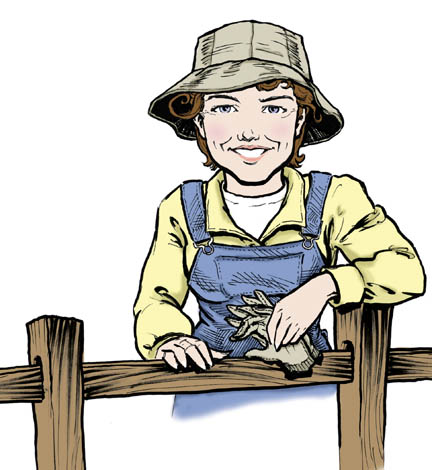 |
|
 |
|
 |
|
 |
|
 |
|
 |
|
 |
|
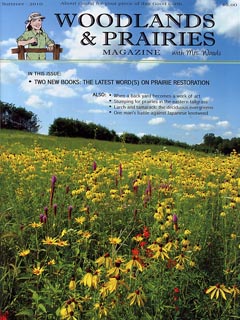 |
|
|
|
|
|
|
|
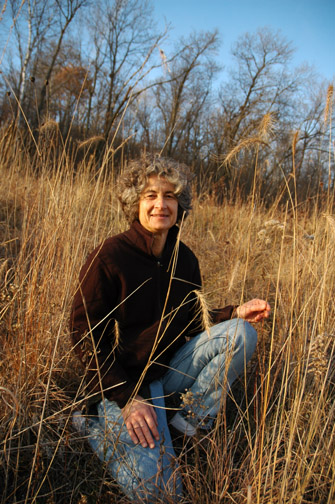 |
|
|
|
|
|
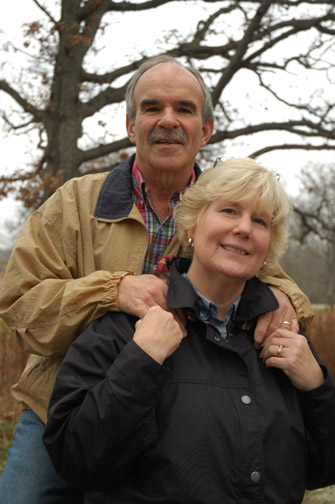 |
|
|
|
|
|
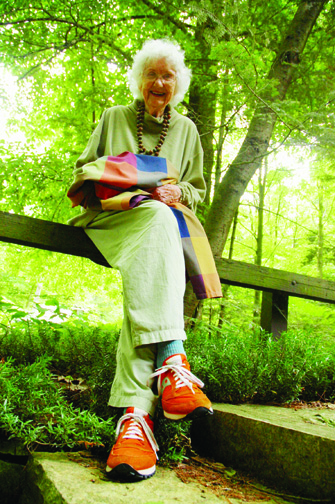 |
|
| Unfarming in Buffalo County. Marcie O’Connor tells how she’s taking an old farm in northwestern Wisconsin back to the way it was before European settlement. |
|
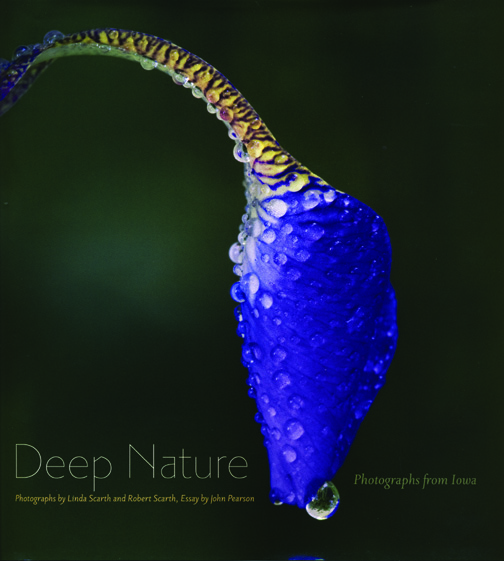 |
Discoveries off Cranberry Road. Barbara Burris writes about the hard work and great satisfaction of restoring a savanna on the 3 ½-acre lot where they built their retirement home. |
|
| On being part of nature. Lorrie Otto contemplates how she will leave this world and still be part of it in this unforgettable essay about her plans for a green burial. |
|
|
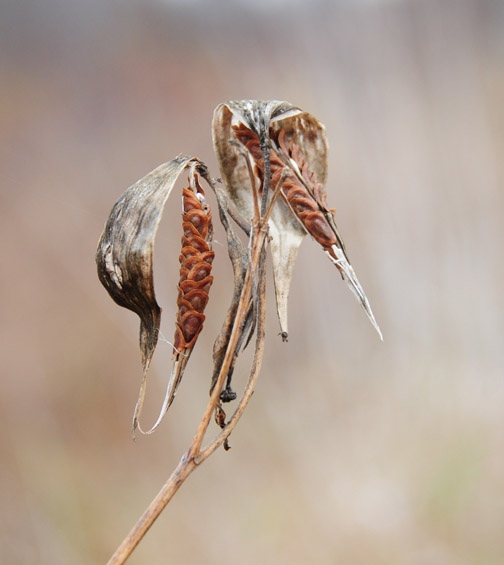 |
|
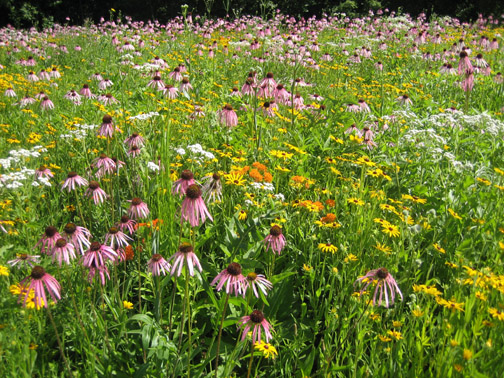 |
|
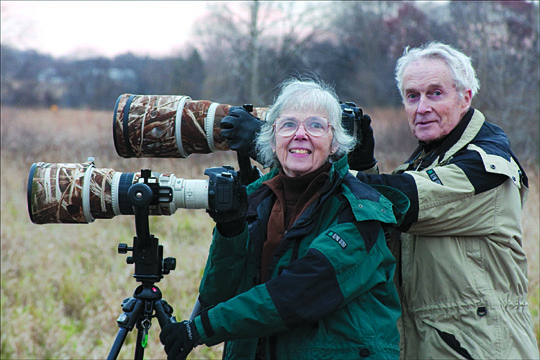 |
|
| Seasons of Greetings from the Rices. Carol Rice sends this series of beautiful photos taken of her yard in winter, spring, summer and fall. Carol has spent years restoring the savanna and converting the yard to a colorful prairie on the property she and her husband, Dave, own in the Chicago suburb of Barrington. “Native landscaping is catching on in the suburbs,” she declares. |
|
| The spirit of interdepence. Barby Buss reflects on our place in the web of life as she harvests milkweed seed on a landmark restoration project in eastern Iowa. |
|
| Masters of the close-up. We report on the artful close-up photography of Linda and Robert Scarth, in whose hands the little things of nature loom large and lovely. Their dazzling photographs bring a new awareness and appreciation of the world around us. Read a review of their new book, Deep Nature, and feast your eyes on some of the photos, including the incredible close-up of dew on an Indian grass stem. You’ve just got to see how this photograph looks in the magazine! |
|
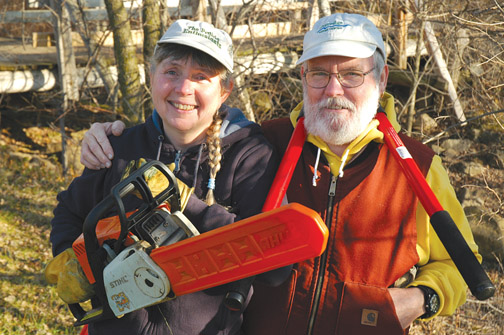 |
|
|
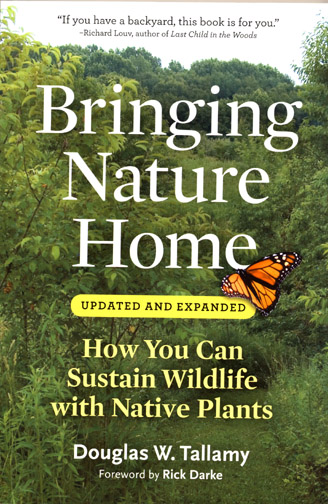 |
|
|
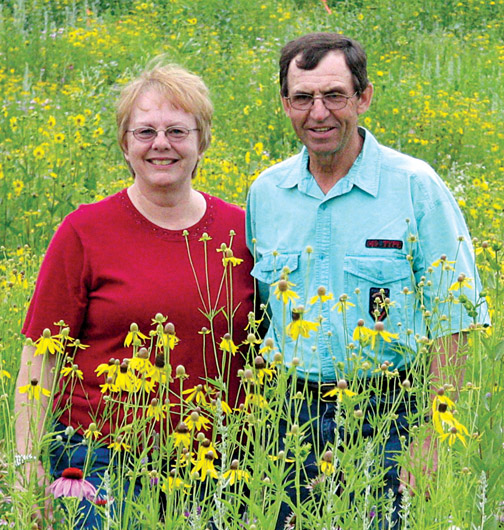 |
|
|
| The buckthorn slayers. Gerry Clausen and Susan Kenney recount how they rescued a woodland from the grip of buckthorn and other invaders on public land along the Wisconsin River. Gerry and Susan are among the legions of volunteer workers whose services are proving more and more important in taking care of natural areas. |
|
|
|
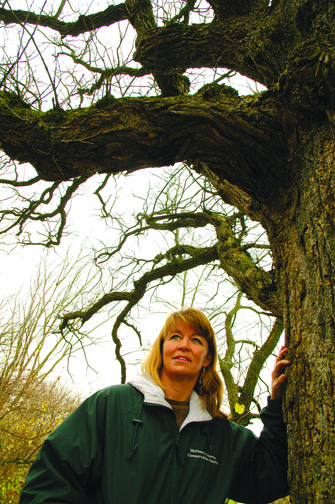 |
|
|
| How does your garden grow? Alice D’Alessio reviews the new edition of the best-selling book, Bringing Nature Home, by Douglas Tallamy. Its message: unless we restore native plants to our suburban ecosystems, the future of biodiversity in the United States is dim. The book could prove to be a bible of home landscaping based on native plants. |
|
| Sustainable living in southeastern Wisconsin. Ron and Marti Martin are going green in all sorts of ways on their 5 ½ acre lot near Milton. Their shortgrass prairie yard eliminated the need for a lawn mower. The real eye opener is their solar array that’s connected to the grid. Some months the power company pays the Martins! |
|
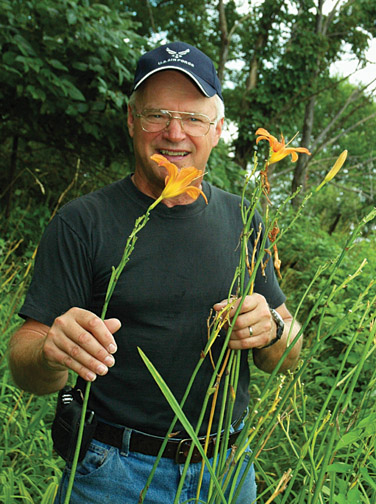 |
|
|
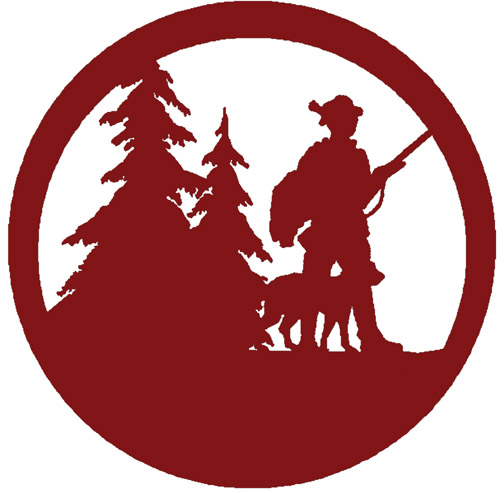 |
|
| Coming to our senses. Is there such a thing as ecotherapy? Wendy Kummerer explores this question in a thoughtful essay inspired by the lift she gets from a daily dose of the great outdoors. The healing powers of the natural world may be more potent than you thought. |
|
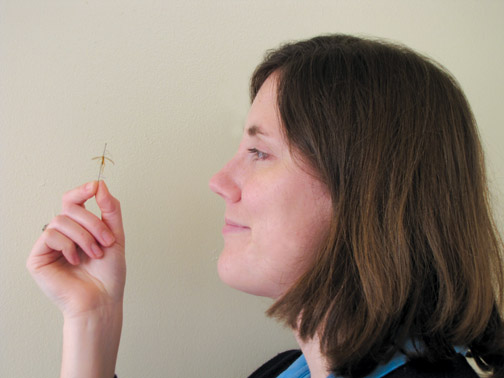 |
|
| The harvest. Don’t miss this haunting story by Pat Henry as he reflects about his experience in hunting deer. Not everyone hunts just for the sport of it, thank goodness. |
|
| Daylilies give orange a bad name. That’s according to Dan Bohlin, the magazine’s Invasive Plants Guy, who warns that this seemingly harmless ornamental is anything but. Dan explains how not to let it get a toehold. |
|
|
|
|
What’s a parasitoid? They’re very important insects that help keep other insect populations from exploding, says our Bug Lady, Jennifer L. Hopwood. The story describes the intricate life style and awesome powers of a tiny wasp that parasitizes, then finally kills pests such as the tobacco hornworm. |
|
|
|
|
|
|
|
|
|
|
|
|
|
|
|
|
|
|
|
|
Midwest Woodlands & Prairies is published four times a year by Wood River Communications.
© by Wood River Communications. Reproduction prohibited without written consent.
|
|
|
|
|
|
|
|
|
|
|
|
|
|
|
|
|
|
|
|
|
|
|
|
|
|
|
|
|
|
|
|
|